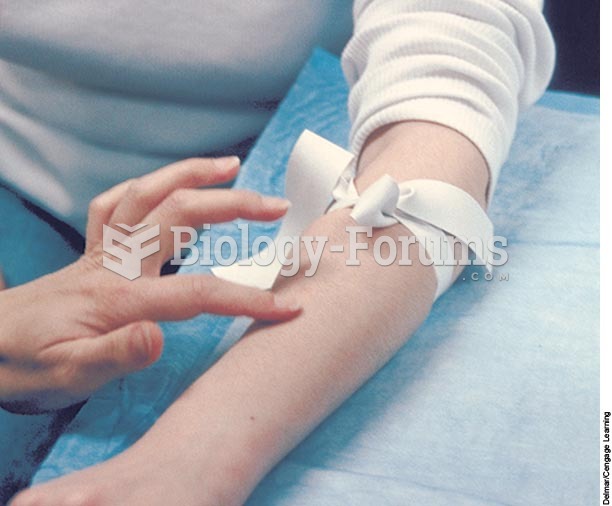|
|
|
The horizontal fraction bar was introduced by the Arabs.
In 1885, the Lloyd Manufacturing Company of Albany, New York, promoted and sold "Cocaine Toothache Drops" at 15 cents per bottle! In 1914, the Harrison Narcotic Act brought the sale and distribution of this drug under federal control.
Every 10 seconds, a person in the United States goes to the emergency room complaining of head pain. About 1.2 million visits are for acute migraine attacks.
The tallest man ever known was Robert Wadlow, an American, who reached the height of 8 feet 11 inches. He died at age 26 years from an infection caused by the immense weight of his body (491 pounds) and the stress on his leg bones and muscles.
Each year in the United States, there are approximately six million pregnancies. This means that at any one time, about 4% of women in the United States are pregnant.
 Examining the survivorship curve of a Dall mountain sheep population reveals information on the caus
Examining the survivorship curve of a Dall mountain sheep population reveals information on the caus
 Inspect the site for potential veins to use and palpate to further locate a vein and test the firmne
Inspect the site for potential veins to use and palpate to further locate a vein and test the firmne





